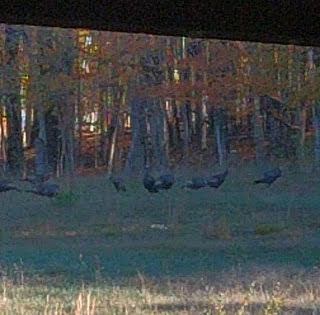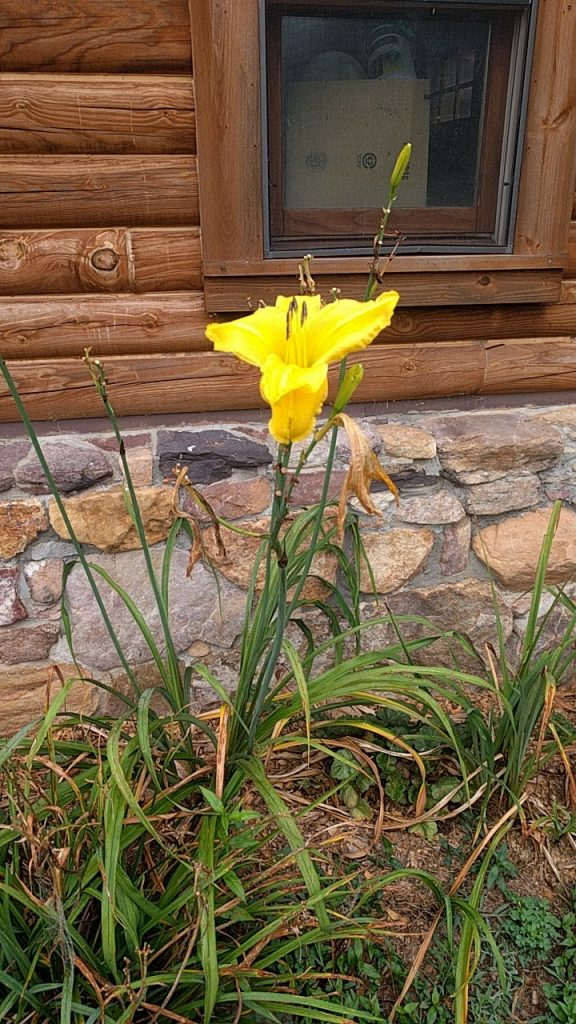Last summer, two does stayed on or near our farm and each had twins. One doe had a thicket behind our barn and we would often see her leading her spotted fawns across the driveway and into the thicket. Sometimes, they would cross the road and go up on the hill behind our mailbox. The other doe was hiding out lower on the property with her two, but occasionally as the fawns got bigger, we would see the two does together with all 4 fawns tagging along.
The other evening, I was socially distance visiting with our neighbor who grew up here in the mountains, hunted, and loves to watch the wildlife. He has taught me so much about behaviors both of the animals and those that hunt them. I asked him when the does would run last year’s fawns off and he said they usually birth their young in May and if they have last year’s fawns still with them, they will separate from them just prior to having the new fawns.
As we were sitting down to dinner, I spotted 4 young deer coming up the field from the hay field, across the upper field and around one of the many huge rock piles. One by one they came through the tall grass right up into the area I just mowed yesterday and walked along the edge toward the creek. It appears that the 2 pair of twins have joined up for now as they finish learning the ropes into adulthood.

I waited to get up and take the photo until I was sure they wouldn’t spot my movement in the house.
In early spring, the flocks of turkey are large. We have seen up to 22 or 23 at a time. The toms strutting around posturing, other toms either challenging or moving away as the dominant one tried to get a hen.

The hens have all gone to nest now and we don’t see large flocks. One hen comes out of the edge of the woods, closer than these 4 were early spring when I took this shot, she feeds in the now tall grass then disappears back in the same direction. She must have a nest nearby. A pair of toms wander around in that back field feeding and if you are outside, you can hear them gobbling down there or over in the woods. The neighbor says a hunter will listen for them and move quietly toward them. This is “Gobbler” season, when they can hunt for the males, easily distinguished by the beard you can see on the one far right. Soon, we will see the hens herding a brood of poults along, cute as chicks when they are small and gangly and scruffy as they become adolescents.
As soon as it is warm enough to sleep with the windows open, we will hear the coyotes as they hunt for food at night. There will be lots of noise some evenings and we have been told they will often run male pups from last year off in the spring, though most coyote packs are matriarchal.
With spring, flower shoots sprout, the perennials filling out and greening, then buds form and flowers bloom. This morning, our first Bearded Iris bloomed, the old fashioned blue ones.

We no longer have a rooster, so we won’t have any chicks this year, but we are seeing nests of songbirds and some fledglings being fed on the porch rails, fence posts, or down in the yard.
It won’t be long before we see fawns and turkey chicks.






